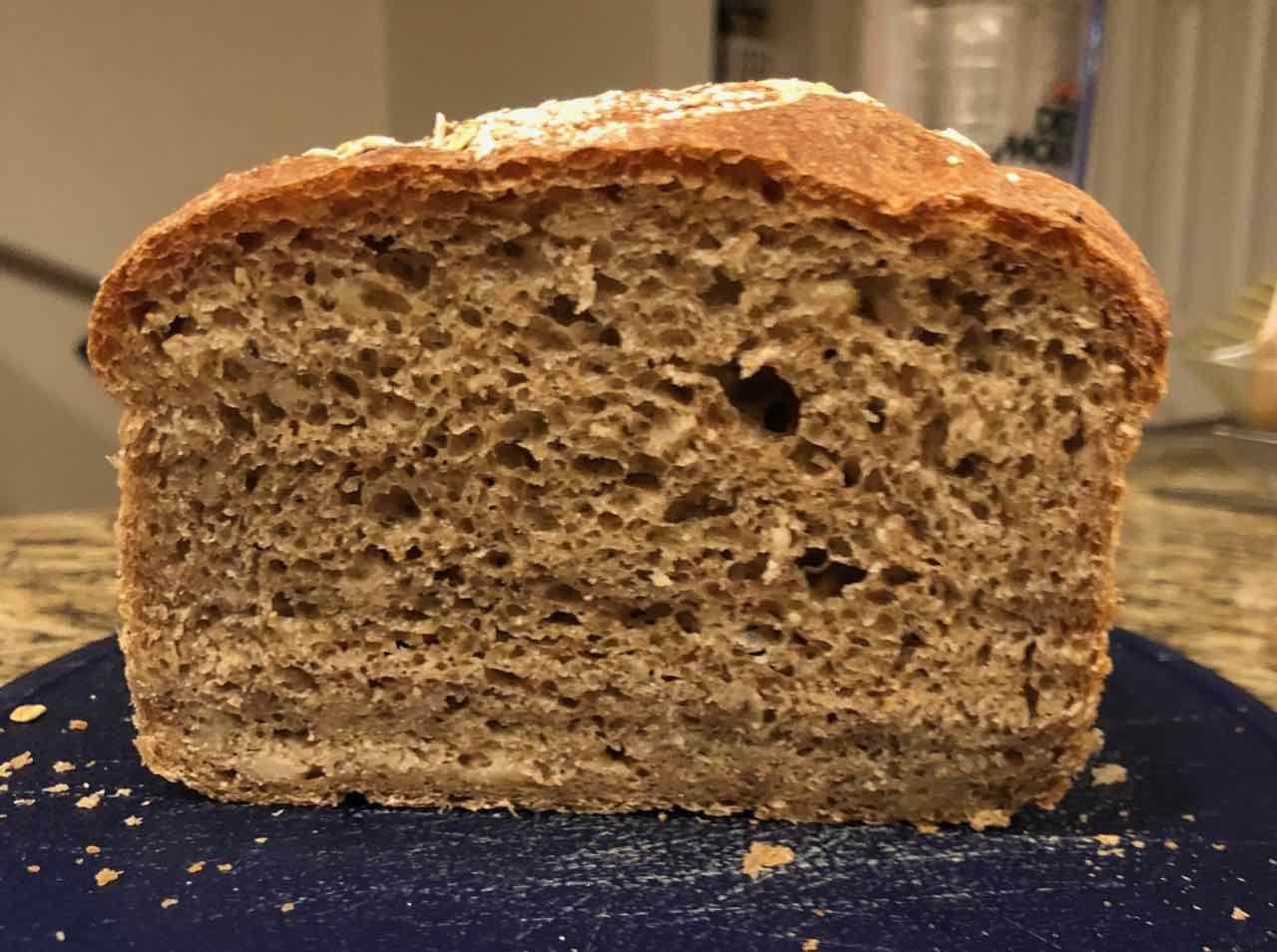Home › Forums › Baker Forums › Our Formulas › The Modern › Yeast
Tagged: #Yeast
- This topic has 2 replies, 2 voices, and was last updated 3 years, 5 months ago by Jeanne Conley.
-
AuthorPosts
-
September 28, 2021 at 9:31 am #5341Jeanne ConleyParticipant
Thank you, that’s very helpful – especially since I was thinking I had under-proofed it.
Jeanne
September 27, 2021 at 9:01 pm #5339Katherine KehrliKeymasterJeanne,
Great questions! OK here’s my 4 cents!
Scales, they can be tricky. My equivalent for 7 grams is 2 1/2 tsps. And there is a handy conversion tool on the web. You can increase the active yeast if you want to accommodate the lower ratio of active organisms or just use it as a straight substitution but know that it will take a little longer to bulk ferment.
Once you finish with the active dry yeast – make the change – it will be so much friendlier, especially for bread. No blooming and faster activation times. See picture from Modernist Bread – Techniques and Equipment.
Since you want to use up what you have, here is one suggestion for where to snag some water to bloom your yeast. I would hold back 40 g of the poolish water and use that to bloom your active yeast. And add that in during that phase of the mix. The 40 g assumes 4 loaf modern batch.
The bake quality above I do not think is due to the yeast. Often a gummy bottom is due to over proofing so the gluten is not strong enough to handle the oven spring and collapses on itself and/or you may not have developed the gluten fully in the mix. The loaf looks overproofed to me when you combine the undulating top and the gummy bottom. Easy to overproof these loaves which suggests that your yeast was certainly active enough!
I hope this helps!
Katherine
Here is the picture and text from Modernist Bread.
September 27, 2021 at 1:59 pm #5333Jeanne ConleyParticipantI just baked my first two loaves – it was a gratifying experience and I can’t wait to do it again. Plus the bread was delicious. However, I’ve got some questions about yeast.
First issue: the recipe calls for 7 gm of yeast (for two loaves) in the mixing, but my scale doesn’t seem to measure that small amount consistently. Is there a teaspoon equivalent we could use? Or some other way around this?
Secondly, I’m using active dry yeast instead of instant yeast, and am just adding it the same way as the instant yeast. In an online article (How to Swap Different Types of Yeast) from Epicurious, they make two points about using active dry when instant is called for:
“What if a recipe calls for instant yeast, and I only have active dry?
When using active dry yeast in place of instant yeast, Reinhart says you should increase the amount of yeast by about 25 percent, since a quarter of the cells in active dry yeast are dead. You’ll also need to include the step of activating the yeast. ‘Active dry yeast must be hydrated first in warm water for a few minutes,’ he adds. Additionally, you should deduct the activation water from the total water.”Is there a way to activate the yeast in warm water the second time it is added (Step 5), and do you think I should consider increasing the amount by 25%?
My bread came out looking dense on the bottom of the loaf and lighter on the top portion, and I’m wondering if that’s the reason (or if I just didn’t let it proof long enough, or something else).
Thanks for your help!

-
AuthorPosts
- You must be logged in to reply to this topic.

